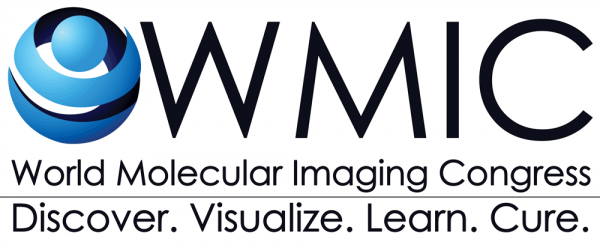Biomarker Discovery for Acid-adapted Cancer Cells and Their Acidic Microenvironment
Mehdi Damaghi, H. Lee Moffitt Cancer Center
The physical microenvironment of tumors is heterogeneous. A combination of poor vascular perfusion, regional hypoxia and increased glycolysis leads to an acidic microenvironment. Chronic acidosis selects for phenotypic alterations and changes in protein expression. The tumor cells that acquire resistance to acid-mediated cytotoxicity have a growth advantage over non-adapted stromal cells and hence acquire an invasive and metastatic phenotype.
As a consequence of its importance to cancer progression, there has been a concerted effort to develop molecular imaging probes to measure tumor and tissue pH. An alternative approach is to develop probes to target tissue response to acidosis. As a precursor to developing such probes, we have used proteomic approaches to identify proteins that are expressed in cells that have been adapted to growth in acidic conditions.
Stable Isotope Labeling by Amino acids in Culture (SILAC) techniques provide an efficient method for quantitative analysis of whole proteome of paired biological samples. In this study we SILAC labeled MCF-7 breast cancer cells grown in neutral pH and adapted for growth at pH 6.7, which required more than 3 months. The whole proteomes of neutral and acid-adapted samples were compared in a 2 set parallel “flipping” experiments, which reduces the false positive rate and increases the reliability of the data set. Selected Reaction Monitoring (SRM) re-confirmed the differences in the expression levels of three of the proteins that had increased expression in acidic pH: viz. LAMP2, S100A6, and HSP72. qRT PCR and Western blots confirmed overexpression, with LAMP2 and S100A6 showing a higher increase than HSP72.
In spheroid 3D cell culturing and tumor xenografts in mice followed by Immunohistochemistry (IHC), LAMP2 showed very interesting pattern close to the hypoxic area of the spheroid that is comparable to Glut1 expression pattern. Using a Dorsal Window Chamber (DWC) we showed the overexpression of LAMP2 in more acidic area of the actual tumor inside the chamber. Finally, IHC analyses of Tissue Micro Array (TMA) of breast cancer patient samples showed staining patterns for LAMP2 that were consistent with areas suspected to be acidic. We thus suspect that LAMP2 specific ligands may be useful targeted molecular imaging probes for biological acidosis. Such agents may have potential to serve broadly for the non-invasive detection of tumor acidity, which would be a valuable in prognosis, prediction and monitoring therapy response.
